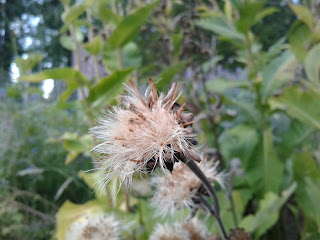National Invasive Species Awareness Week February 26 - March 2

February 26 through March 2 is National Invasive Species Awareness Week. Did you know? Invasive species come in all forms – animal, plant, and pathogen. The United States spends more than $120 Billion 1 in damages associated with invasive species. Invasive species harm the agricultural industry, damage healthy Eco-systems, and are a leading factor in freshwater fish extinctions. 2 GET INFORMED! Knowledge is the solution! If you don’t know what species are invasive in your area than stopping the spread of them is impossible! Learn about the invasive species found in your area from the National Invasive Species Information Center . STOP THE SPREAD! We spread invasive species without even knowing we’re doing so. Plant parts, seeds, and soil hitch a ride on our shoes, clothes, tire treads, and boats. Without our knowledge, we spread these invasive species along the trails, roadways, and waterways. Always, clean hiking boots, camping gear, off-road vehicle, boats, and
